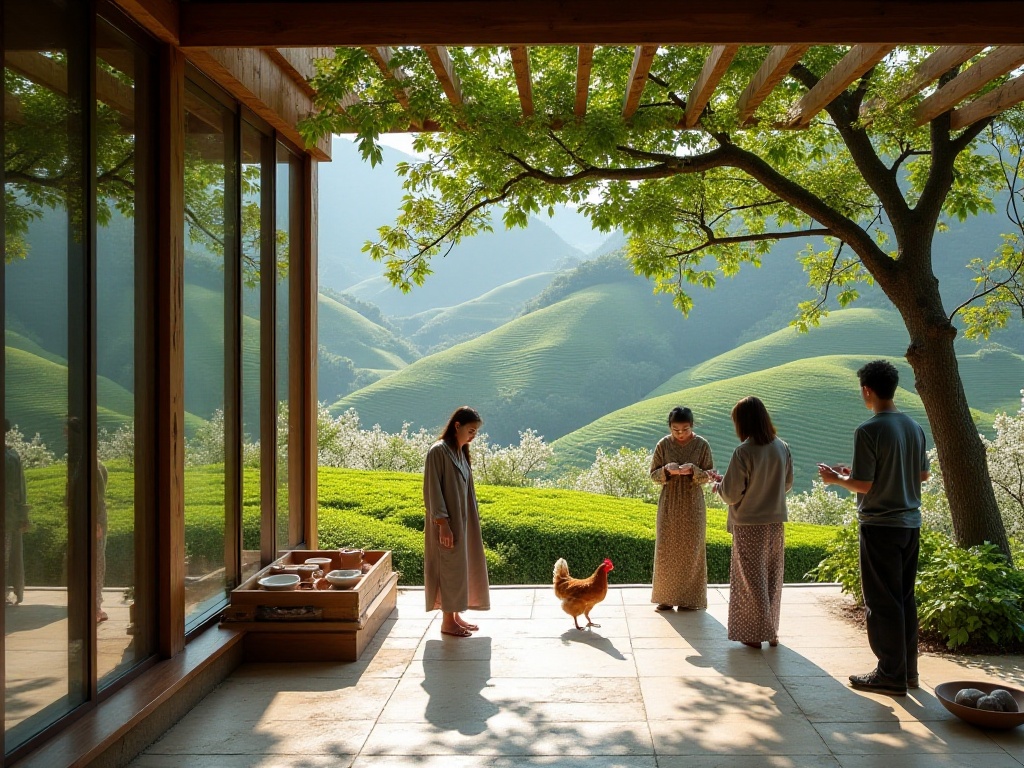
Opening Thoughts
Sitting here on this crisp autumn afternoon, with golden sunlight streaming onto my keyboard through the window, my thoughts drift to the rural paths I've recently walked. As a post-90s professional who has long been working in the city, I increasingly understand why my friends have fallen in love with rural tourism. The other day while browsing Xiaohongshu, I was shocked by a statistic: in 2023, over 60% of post-90s and post-00s generations ranked rural tourism as their top choice for weekend trips! This number far exceeded my expectations. As a content creator focused on travel, I decided to dive deep into this topic.
Changes Over Time
Thinking about the evolution of rural tourism reminds me of childhood trips to farmhouses with my parents. Rural tourism back then was quite monotonous: leaving early on weekends, driving to the suburbs, finding a farmhouse restaurant, ordering local dishes, picking fruits at nearby orchards, then rushing back home in the evening. I remember once when our whole family visited a very traditional farmhouse restaurant - besides some greasy stewed dishes in iron pots, there wasn't even a decent spot for photos. Such an experience nowadays probably wouldn't interest even my parents.
But rural tourism now? It's undergone a complete transformation. In the past year, I've visited over 30 popular rural destinations in the Jiangsu-Zhejiang-Shanghai region, and each place has amazed me. Today's rural tourism projects have completely broken free from the traditional "farmhouse" mindset. For instance, at a small village in Zhejiang I visited recently, just the guesthouse design left me in awe. They brought in the same design team that worked on a famous hotel on Shanghai's Bund, transforming a row of old houses into an artistically stunning guesthouse complex. Each room has its own theme - some with zen bamboo forest designs, others with playful pastoral styles, and some incorporating local traditional craft elements. Most impressively, they built a glass greenhouse in the courtyard where you can have afternoon tea during the day and stargaze at night - a perfect photo spot.
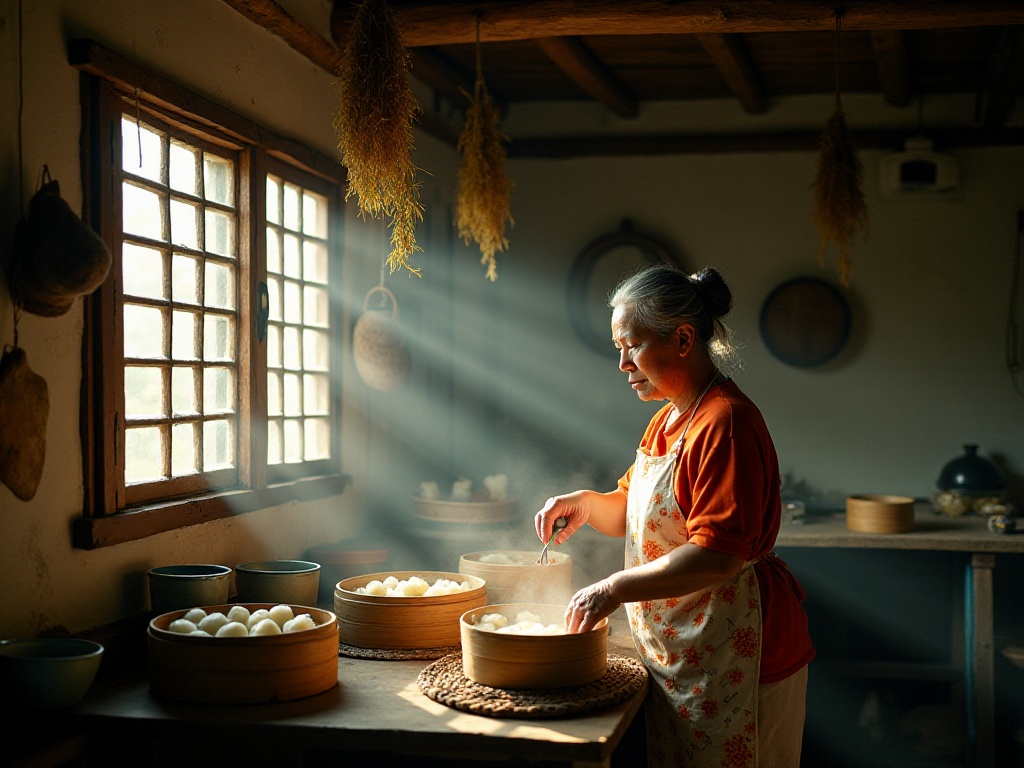
Analysis of New Trends
Cultural Creative Leadership
Today's rural tourism projects are truly eye-opening. I'll never forget my experience at a paddy field café in Hangzhou's suburbs last month. To be honest, when I first heard about this project, I thought it was just a gimmick, but after visiting, I realized it was a perfect "immersive" experience.
Imagine this scene: a glass-structured café surrounded by golden rice fields on all sides, with specially treated transparent glass floors that make you feel like you're floating above the rice waves. I went on a perfect weather day around 4 PM, when sunlight filtered through the rice fields into the café, bathing the entire space in warm golden light. I ordered a pour-over coffee and sat by the window, watching the rice waves sway in the wind while listening to the barista explain the coffee beans' origin and roasting process. When sunset came, the entire rice field was tinted red, complemented by the café's soft lighting - that feeling is truly indescribable.
The owner told me they spent six months choosing the café's location. They surveyed rice fields in over a dozen villages to find the perfect viewing angle. They chose this spot because the rice field's orientation offers visitors the perfect sunset view. Now on weekends, young people queue from morning till night, with many driving from Shanghai and Nanjing just to take photos and record short videos here.
Beyond cafés, I've visited an old granary converted into a bookstore. They preserved the original wooden structure while adding modern design elements. Most uniquely, they turned farming tools and old objects into art installations, hanging them on walls or displaying them as exhibits. The space feels both historical and fashionable. Besides regular book sections, they have a special "rural literature" area collecting numerous works about rural life. On weekends, they often host reading sessions or creative sharing meetings, attracting many urban literary youth.

In-Depth Experiences
Speaking of in-depth experiences, the most impressive was a "Rice Field Manager" project I participated in last year. The project ran from spring to autumn, allowing urban youth to experience the complete farming process from sowing to harvesting.
I was quite nervous on the first day of registration, having never worked in fields before. But Grandpa Zhang from the village was very patient, first teaching us about rice growing cycles, then showing us hands-on how to transplant rice seedlings. Honestly, stepping into the field for the first time was quite special - feet sinking into the mud, soft and cool, giving me, someone who grew up in the city, my first real connection with the earth's temperature.
Throughout the growing season, we visited the fields monthly, learning from farmer grandpas about weeding, fertilizing, and pest control techniques. Most interestingly, the project provided each participant with a personal "farming diary" to record the rice's growth during each visit. We also had a WeChat group where everyone shared photos of their fields and discussed issues encountered during rice growth.
Come harvest season, we all wore traditional farming clothes and took sickles to harvest. Although most farmland now uses mechanical harvesting, the project deliberately preserved a small plot for us to experience traditional harvesting methods. Bending over and cutting rice bunch by bunch was tiring, but seeing the rice we planted finally mature brought an indescribable sense of achievement.
Finally, the farmers helped process our harvested rice and packed it in specially made cloth bags printed with our names and planting dates. I remember when I brought this bag of rice home, my mom was particularly moved, saying it was the most meaningful rice she'd ever eaten.
The best part of this project wasn't just the simple farming experience, but how it helped participants build a real emotional connection with the land. Through half a year of tracking and participation, we city folks truly understood the meaning of "every grain comes from hard work." Now whenever I eat, I unconsciously think of those moments in the fields.
Data Insights
Recently, I saw some data from the Ministry of Culture and Tourism that gave me deeper insights into rural tourism development. In 2023, rural tourism nationwide received over 3.5 billion visits, generating over 1.8 trillion yuan in revenue. Interestingly behind these numbers: 80% of consumers were under 35 years old.
This data is particularly telling. When I first started as a travel blogger, people often asked me, "Don't young people today prefer malls and bars? Why would they be interested in rural tourism?" The answer is simple - today's rural tourism is completely different from what we imagine it to be.
I've interviewed many young people who visit rural areas, and their reasons are fascinating. Some say it's to escape the city's fast pace, others want to experience "slow living," and some seek creative inspiration. One designer particularly impressed me - she said she finds unique patterns and color combinations in rural areas that aren't available in cities.
Trend Analysis
Market Shift
The most popular rural tourism projects now have completely broken through traditional sightseeing modes. For example, rural art festivals - I recently attended a music festival held in Jiangxi's countryside, with the stage set up among terraced fields. At night, stage lights illuminated the terraces, creating a audiovisual feast with the live music.
Farm camping is another trending project. It's not just simple tent setup - many farms now offer luxury camping experiences with comfortable mattresses and bedding in tents, plus private bathroom facilities. At night, you can join bonfire parties where farm owners tell local folklore, roast sweet potatoes and corn, experiencing the most authentic farm entertainment.
Handicraft workshops are another popular option. I attended a pottery workshop taught by a village's intangible cultural heritage inheritor, who not only taught us pottery making but also shared the craft's historical origins. Many young people take time off specifically for these workshops, as they can learn traditional skills while relaxing.
The common thread among these projects is that they effectively combine original rural resources with modern young people's lifestyles. It's not simple sightseeing, but real experience and participation.
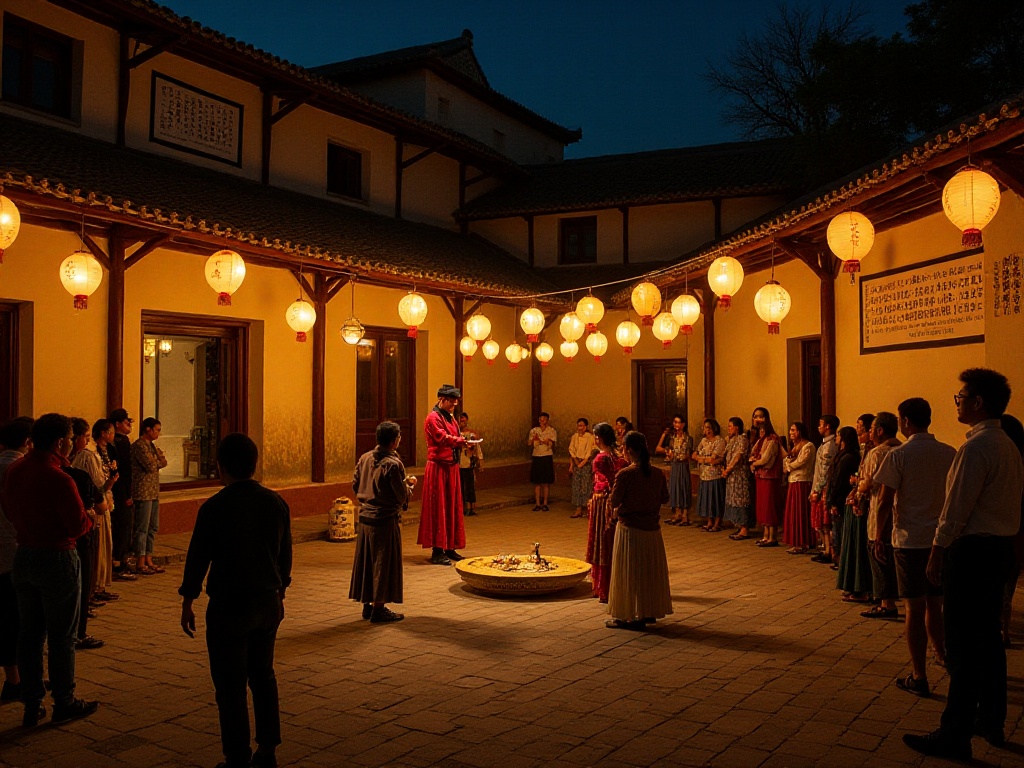
Consumption Upgrade
Regarding consumption upgrades, I've noticed young people's spending attitudes toward rural tourism have changed dramatically. I interviewed a post-90s woman, a product manager at an internet company, who said she'd rather spend 2000 yuan for one night at a boutique rural guesthouse than the same amount at a chain hotel in the city center.
Her choice represents many young people's thinking. They're no longer satisfied with basic food and lodging, but seek a "poetic dwelling" experience. Some boutique rural guesthouses I've visited have facilities matching star hotels, plus unique experiences. Some invite local grandmothers to teach dumpling making, others organize morning flower arranging classes using wild flowers, and some lead guests in local farming activities.
This consumption upgrade reflects young people's pursuit of quality life. They're willing to pay for quality experiences that bring unique memories and feelings.
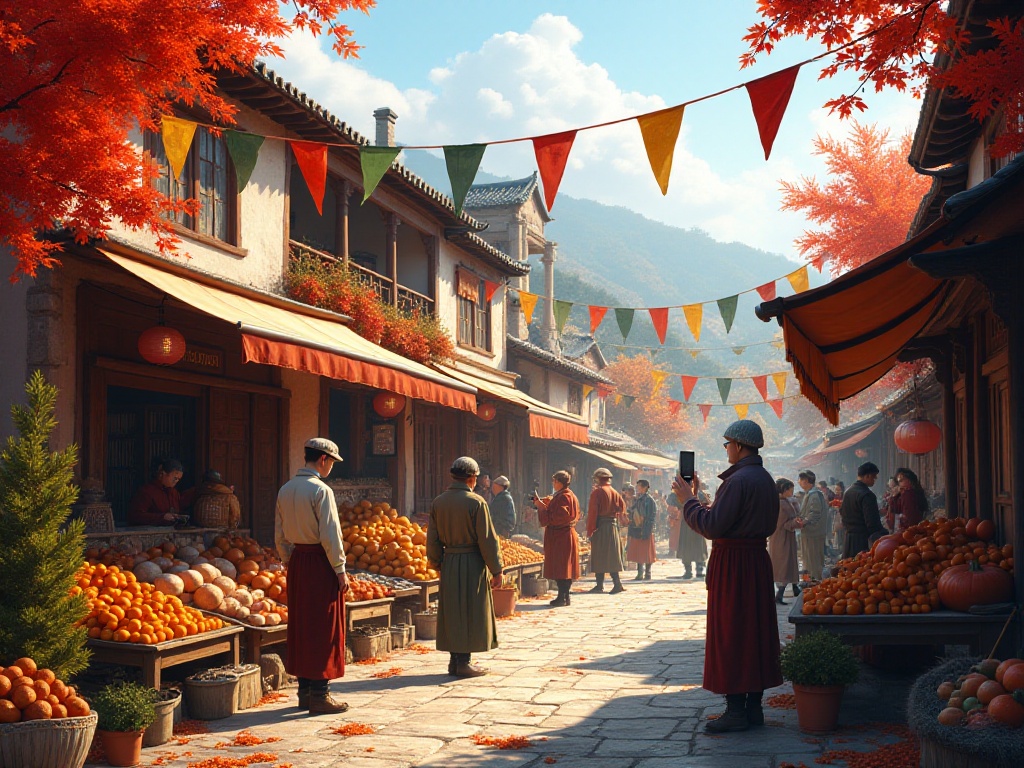
Future Outlook
From my observation, rural tourism will develop in two directions. First is greater emphasis on cultural IP creation. Many villages are already trying to package local intangible heritage and folk art as tourism products. For example, one village I visited turned traditional tie-dye techniques into an experience program where tourists can create pieces while learning about the cultural stories behind tie-dyeing.
The second direction is technology empowerment. Some villages are starting to use AR/VR technology to showcase local culture. I experienced a project where AR glasses showed 3D recreations of ancient farming scenes and allowed interaction with virtual characters to learn about farming tool usage. This technology makes traditional cultural displays more vivid and interesting.
Additionally, I think future rural tourism will focus more on ecological protection and sustainable development. Many places have already implemented visitor quotas to prevent environmental damage from overdevelopment. Meanwhile, more villages will develop specialty agriculture, combining agricultural tourism with leisure travel to create unique tourism products.
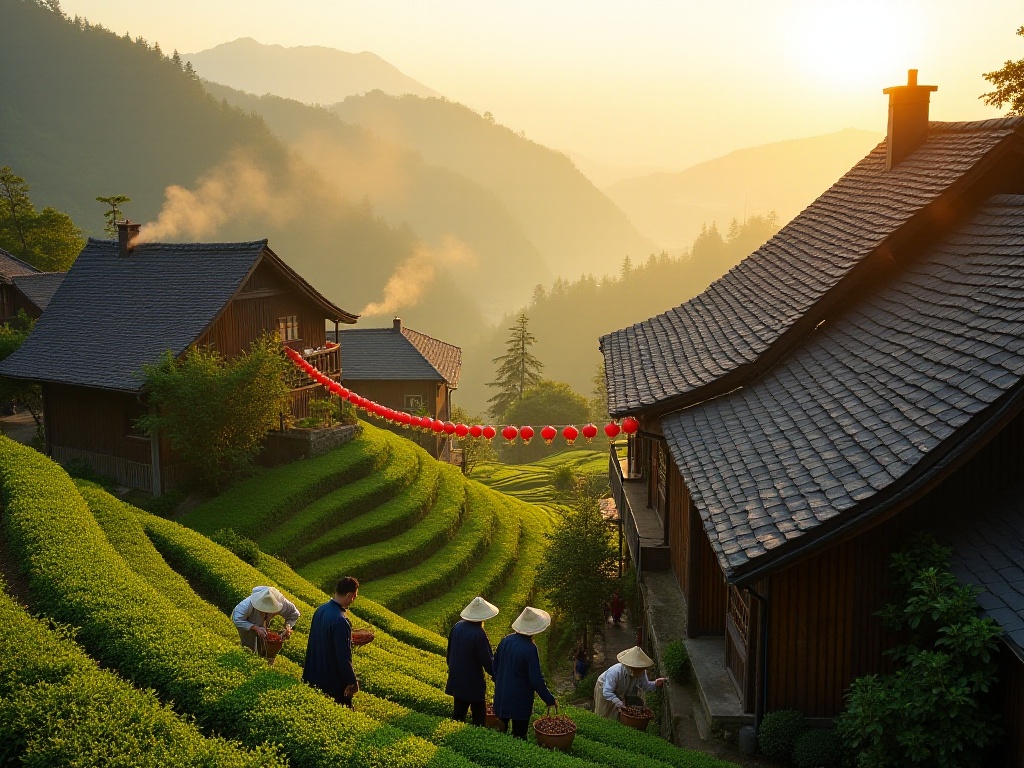
Final Thoughts
After so much field research and deep observation, I increasingly feel that rural tourism's "breaking boundaries" is no coincidence. It's a perfect collision between traditional rural culture and modern lifestyle, an expression of young people seeking poetic dwelling amid fast-paced urban life.
Every time I see young people happily taking photos, experiencing farming, and learning crafts in rural areas, I can feel their pure joy. This happiness doesn't come from shopping mall neon lights, but from intimate contact with the land and rediscovery of traditional culture.
Next week, I'm planning to visit an interesting project in Zhejiang - a glass house built in a tea garden where you can supposedly drink tea while watching sea clouds. I'll share my experience with you all as soon as I visit. I also look forward to hearing your rural tourism stories - please share in the comments.
Next
Hidden Gems in Rural Vietnam: Rediscovering Serenity Post-Pandemic
As the world emerges from the cocoon of lockdowns, Vietnam's countryside unfurls its wings, revealing a kaleidoscope of hidden treasures. The pandemic's pause has birthed a new era of travel, one that whispers of untrodden paths and authentic encounters. Rural Vietnam, once the backdrop to frenetic city escapes, now takes center stage in a renaissance of rustic allure.
In-Depth Exploration: 10 Hidden Rural Tourism Destinations in Europe Worth Experiencing in 2024, Making Your Travel Unique
A comprehensive overview of global rural tourism destinations, featuring distinctive villages and countryside locations across Europe, North America, and Asia. Explores diverse accommodation options and outdoor activities from Serbia's Zlatibor to Hokkaido, Japan
The Ozark Mountains: A Forgotten Outdoor Paradise in South-Central USA, A Sanctuary Where City Dwellers Can Find Inner Peace
Explore diverse rural tourism destinations worldwide, featuring unique experiences from Native American culture in the US South to traditional villages in Eastern Europe and natural landscapes in Asia-Pacific, highlighting authentic cultural encounters and sustainable travel
Next

Hidden Gems in Rural Vietnam: Rediscovering Serenity Post-Pandemic
As the world emerges from the cocoon of lockdowns, Vietnam's countryside unfurls its wings, revealing a kaleidoscope of hidden treasures. The pandemic's pause has birthed a new era of travel, one that whispers of untrodden paths and authentic encounters. Rural Vietnam, once the backdrop to frenetic city escapes, now takes center stage in a renaissance of rustic allure.
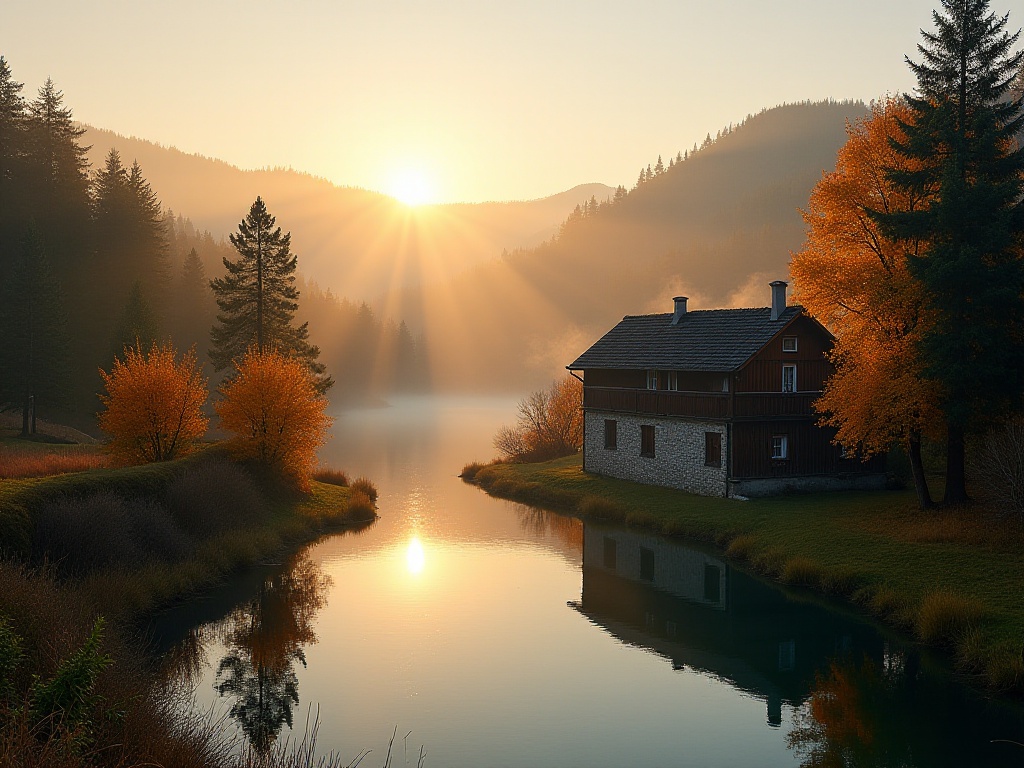
In-Depth Exploration: 10 Hidden Rural Tourism Destinations in Europe Worth Experiencing in 2024, Making Your Travel Unique
A comprehensive overview of global rural tourism destinations, featuring distinctive villages and countryside locations across Europe, North America, and Asia. Explores diverse accommodation options and outdoor activities from Serbia's Zlatibor to Hokkaido, Japan
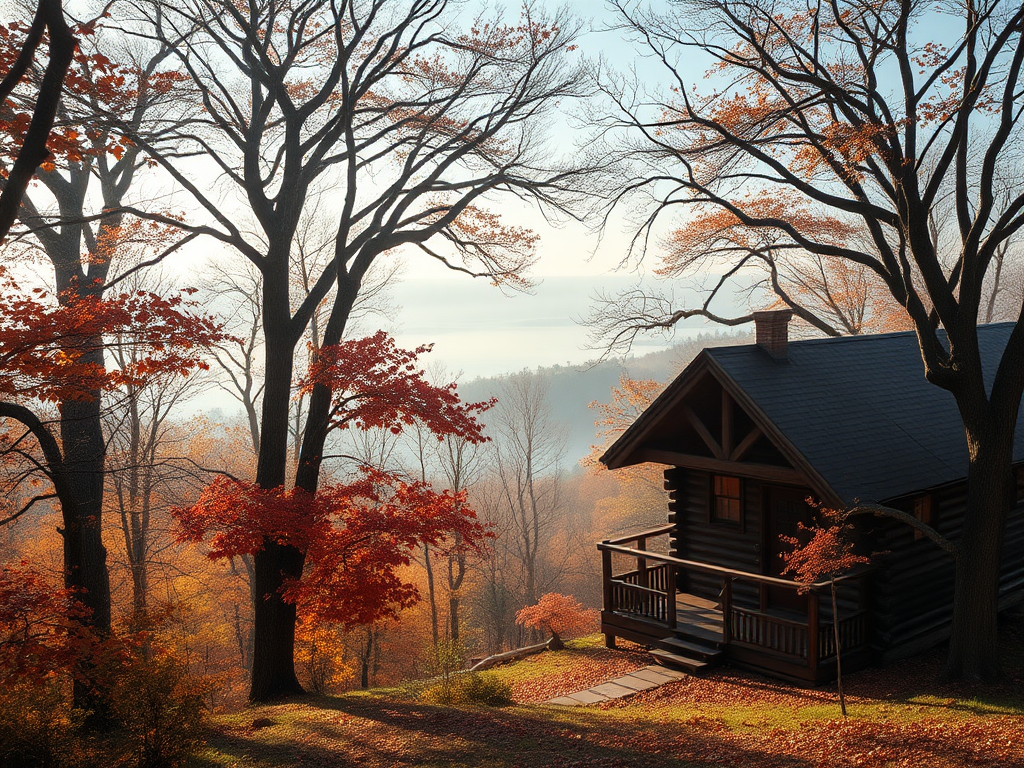
The Ozark Mountains: A Forgotten Outdoor Paradise in South-Central USA, A Sanctuary Where City Dwellers Can Find Inner Peace
Explore diverse rural tourism destinations worldwide, featuring unique experiences from Native American culture in the US South to traditional villages in Eastern Europe and natural landscapes in Asia-Pacific, highlighting authentic cultural encounters and sustainable travel

